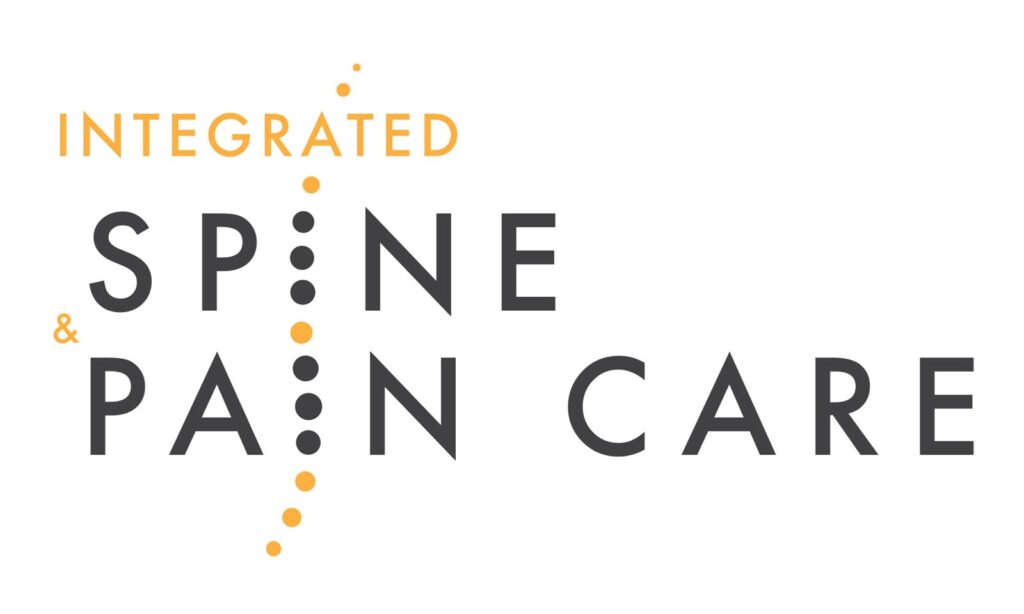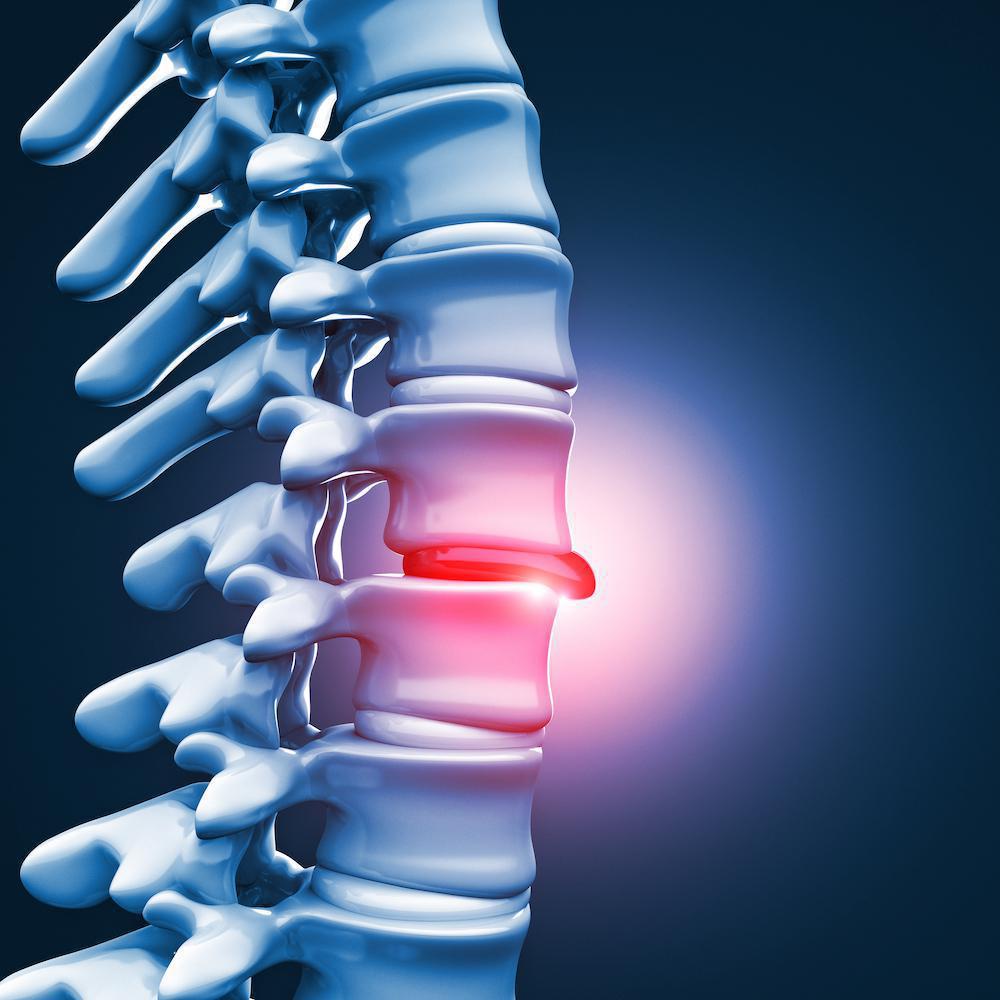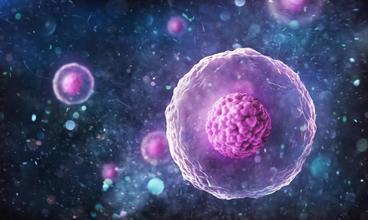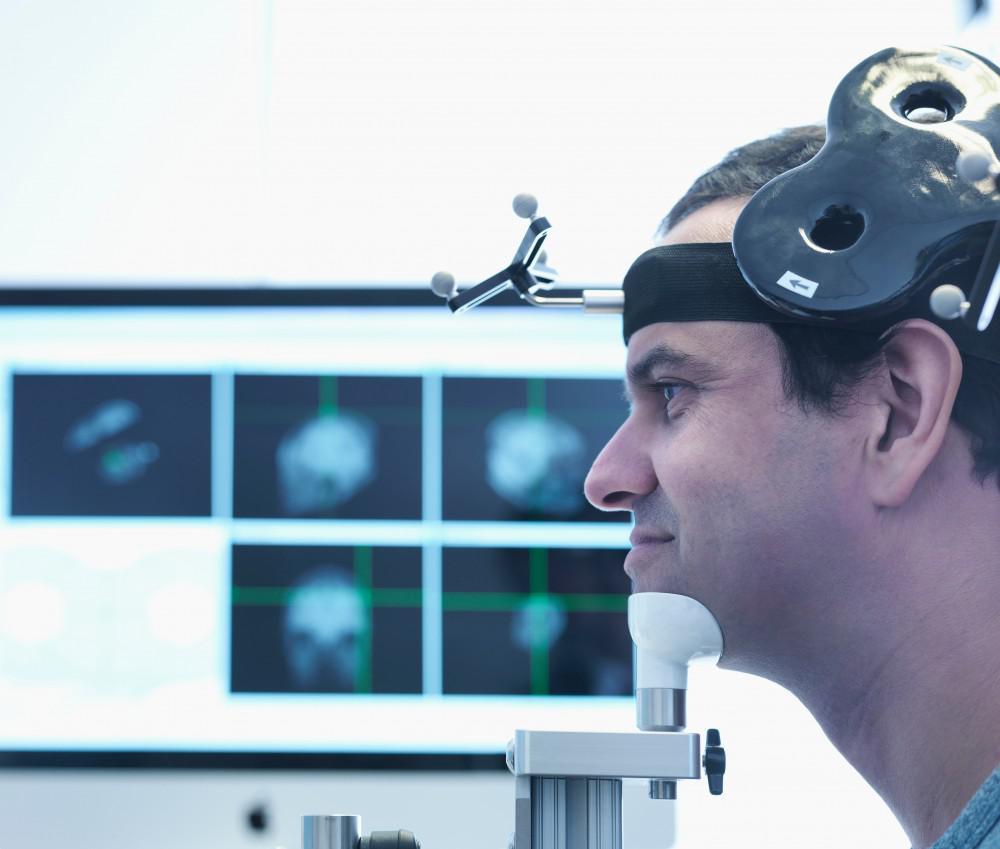Understanding Your Treatment Options for Herniated Disc Pain Millions of Americans are affected by herniated disc pain every year. If you’re one of them, these treatment options could help you feel better — and prevent more serious problems. Feb 1st, 2023
Learn more about TMS and Ketamine Treatments.
How To Treat Your Sciatica

Sciatica, which can also be caused by a lumbar disc displacement, occurs within your lower back. If you are suffering from sciatica, you are likely experiencing a radiating pain within your lower back or sciatic nerve. When suffering from sciatica that is caused by lumbar disc displacement, the area you will experience the most pain stems from the flat discs that are acting as cushions for your vertebrae. These discs act as shock absorbents for the bones within your spine. So when they are injured, pushed out, or torn, the discs become displaced. This causes pressure to be applied to your spinal nerve which can be extremely painful. The pain can be debilitating and can prevent you from going about your regular day-to-day activities. If you feel like you are experiencing similar pain in your lower back, it may be time to visit a pain management doctor. With their help, you can get back to living a pain-free life!
Common Symptoms:
Every person who experiences sciatica will experience different symptoms, as it depends on the position of the displaced disc as well as the size of the herniation. Some of the possible symptoms include:
- Lumbar spine – When there is pressure on a nerve connected to the sciatic nerve, this can cause:
- Pain
- Tingling
- Numbness
- Burning
- Leg pain
- Cervical Spine – When suffering from a lumbar disc displacement, it not only affects your back, but it can also cause pain in your neck. This pain tends to radiate down your arm to your hand or fingers.
Experiencing these symptoms of pain or tingling in any of the mentioned areas could mean it’s time to seek out medical attention.
How Is This Diagnosed?
There are many different methods of diagnosing sciatica, which include:
- MRI– This can produce a 3D image of the spinal cord and nerve roots, as well as any surrounding areas.
- EMG– If there is nerve damage, this can pick it up by measuring the electrical impulse along with the nerve roots, muscle tissue, and peripheral nerves.
- X-ray– This will show the structure of your spine and the outline of your joints. It can detect fractures, tumors, or in this case, a herniated disc.
- CT or CAT scan– This typically follows an X-ray and shows the shape and size, as well as the content and structure of your spine.
- Myelogram– This can allow your doctor to see if there is pressure being applied to the spinal cord or nerves.
There are plenty of treatment options when it comes to sciatica, due to lumbar disc displacement, that does not require surgery. At Integrated Spine & Pain Care we offer several different minimally invasive techniques that can help reduce the pain you are experiencing. Our team may also make suggestions on how you can take care of the symptoms while on your own at home. These treatment options may include:
- Epidural steroid injections– Injecting into the area surrounding the nerve could provide temporary pain relief by reducing inflammation. We offer these injections at Integrated Spine & Pain Care and typically administer them to patients suffering from a variety of different lumbar issues. Depending on the severity of your pain, you may need to come in for more than just one injection to gain relief. Our team also is able to do these injections in-office or visit an appropriate facility where you may be feeling more comfortable.
- Resting– When referring to your day to day, your pain management doctor will likely suggest taking it easy. Refraining from partaking in strenuous activity for a while can relieve some of that pain.
- Medication– Nonsteroidal anti-inflammatory medication can be beneficial if the pain is mild. This includes medications such as ibuprofen or naproxen.
- Exercise– This could be another possible suggestion for reducing the pain that comes along with sciatica. A personalized exercise routine can help to stretch your lumbar and target problem areas.
Find the perfect treatment can be hard. Consult with your doctor about which treatment is right for your needs.
Surgical Treatment Options:
Not many individuals with sciatica due to lumbar disc displacement require surgery. This is typically the case after the nonsurgical treatments have not been helpful to the patient. The surgery is Microdiskectomy. This surgical procedure involves a small incision where the herniated disc is located. With the use of a microscope, the displaced part of the disc is removed, as well as any fragments that may be applying additional pressure to the spinal nerve.
Typically, when seeking out pain management treatment, our team at Integrated Spine and Pain Care will help you avoid risky surgeries and focus on producing dramatic results and minimal recovery time. Contact us today!
You Might Also Enjoy...
Stem Cell Therapy: An Innovative Way to Treat a Variety of Issues Your body possesses some amazing healing powers. Think about how quickly a paper cut heals. What if that power could be harnessed and directed? Stem cell therapy does just that. Jan 11th, 2023
Why Wait Until the New Year? 5 Good Reasons to Start Your Medical Weight Loss Program Now With medical weight loss support, you can achieve lasting, healthy weight loss. Why wait to get started? Here’s what you need to know about starting your weight loss journey now. Dec 1st, 2022
Use of Ketamine for Pain Management in Hospice Care Pain management is a vital part of supportive care in hospice. Ketamine is a novel option that can be used alone or in combination with opioids to keep patients who are experiencing refractory pain comfortable. Nov 2nd, 2022
What Is Transcranial Magnetic Stimulation and What Does It Treat? Transcranial magnetic stimulation (TMS) is changing the game in treating mental illness, chronic pain, and more. If you or someone you care about lives with a treatment-resistant condition, you should know about this option. Oct 10th, 2022
If You're Living With Fibromyalgia Pain, Ketamine Can Help The symptoms of fibromyalgia can be so widespread that they affect you daily. If you’re ready to find some relief — especially if other treatments have failed — it may be time to consider ketamine infusions. Sep 1st, 2022
Powered by CRAMMAZE







